Neolithic Irish Kinship: Social and Genetic Insights
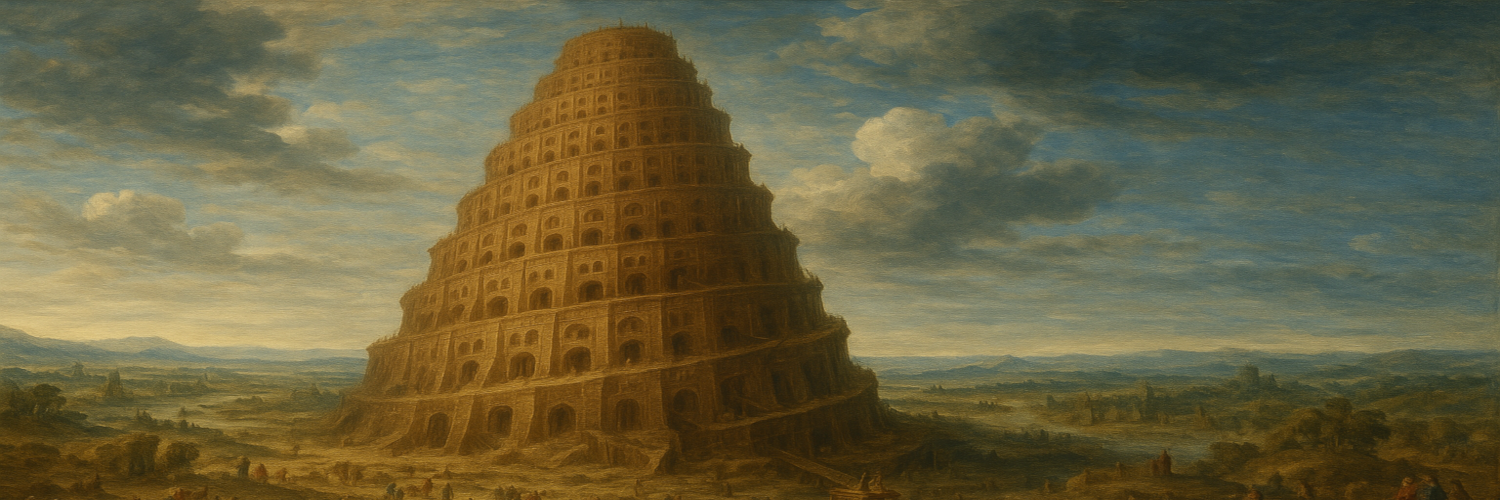
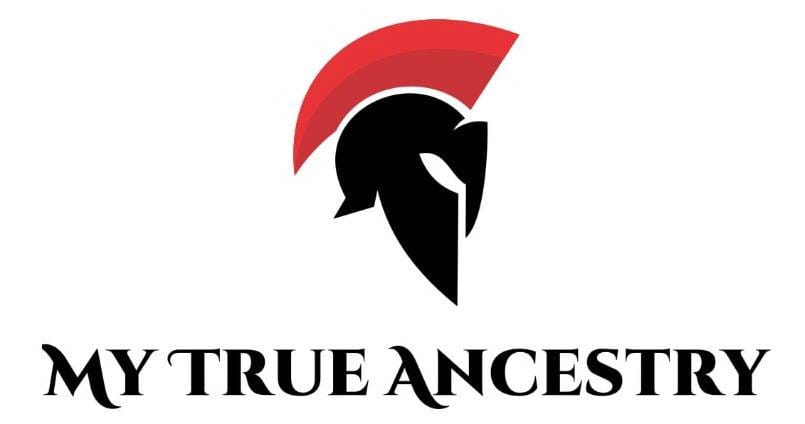
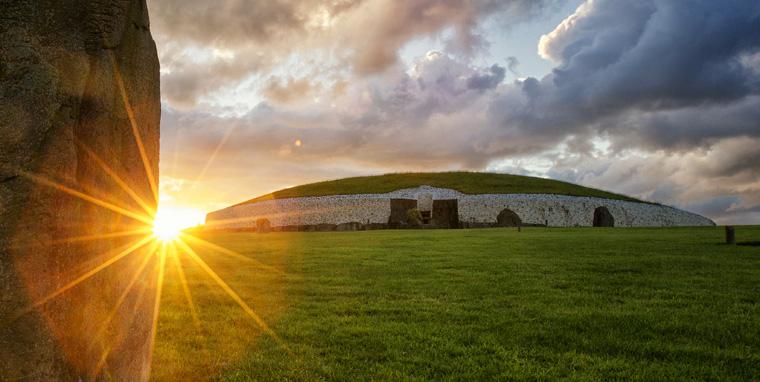
Neolithic Ireland: Archaeological Discoveries and Social Networks
The exploration of Neolithic Ireland reveals an enthralling glimpse into the enigmatic world of ancient communities, concentrating on the interconnectedness of social and genetic relations amidst a rich tapestry of archaeological wonders. The tantalizing treasures of this era emerge from all corners of the island, shedding light on the lives, deaths, and kinship patterns of these early societies. Through the lens of archaeological and genetic investigations, this narrative unravels amidst the captivating backdrops of passage tombs and court cairns, where remnants of the past whisper of sagas untold.
The monumental landscape of Neolithic Ireland features towering structures like passage tombs nestled amidst the rolling greenery. These stone giants were more than mere tombs; they were stages for rituals, linkages to ancestral realms, and repositories of human remains, each contributing to a tableau of the past. From the intricacy of Newgrange, Knowth, and Dowth's passages to lesser-known courts and portals, these sites prompt questions of who built them and why. The classic image of Ireland's ancient landscapes is dotted with remarkable stone constructions, big enough to echo under the weight of time, yet still casting long shadows over our understanding of early human societies.
These developed passage tombs are renowned not just for their architectural magnificence but also for being centers of societal and possibly ritualistic gatherings. Positioned with precision and adorned with intricate carvings, these monuments reveal more than the remains of the ancient dead. They uncover the emergence of distinctive social groups who interacted at a scale previously thought impossible for that era. The efforts of communities who transported huge stones from as far as 40 kilometers away for construction speak volumes of the collective labor and social networks fostered through these monumental undertakings.
Modern genetic analysis now allows us to compare our DNA to that of real ancient populations. It’s a striking way to see how deeply intertwined your story might be with the migrations and empires of the past - try it at MyTrueAncestry.com.
The study of ancient DNA is undergoing a profound transformation, pushing archaeologists to dive into intricate narratives of social interactions and kinship. Unlike contemporary studies involving living populations, ancient DNA relies on the arduous task of unearthing unburnt human remains from archaeological sites. In Ireland, these remains are often found in megalithic monuments due to the acidic soils that destroy unprotected bones elsewhere in the landscape.
Recent research aims to redefine our understanding of social structures in Neolithic Ireland by combining genetics and archaeology. The focus has shifted to more detailed, site-specific stories, especially regarding relations in the Neolithic era. Through systematic surveys and excavations that have played crucial roles in uncovering mortuary rituals and ancestral rites performed in Irish tombs, scholars have revealed sophisticated networks rather than simple dynastic lineages.
Archaeologists have uncovered a dizzying array of grave goods, highlighting a culture rich in ritual and cosmological beliefs. Artifacts like bone toggles, shell necklaces, and pots adorned in delicate designs whisper tales of long-rotted grandeur and reverence. Evidence suggests that human remains within these tombs were no haphazard collection; they were deliberately placed, steeped in rituals including dismemberment, excarnation, and perhaps even the redistribution of skeletal parts.
Recent analyses reveal that these tombs served not just as burial grounds but were also arenas for complex social and ritual activities. Cremated and unburnt bones of both adults and children, sometimes intermingled, shed light on how death rituals extended far beyond simple interment, forming a continuous link between the living and the departed. Irish tombs often contained cremated remains, providing a testament to the complex mortuary rituals of the time, such as the inhumation of a father and daughter discovered amidst the stones of the Primrose Grange court tomb, pointing to familial bonds solidified in stone.
One of the most captivating revelations centers on a remarkable individual from Newgrange, whose genomic story unfolded layers of potential familial power dynamics. The unexpected discovery of a genetic link, indicating an incestuous union, paints a dramatic picture of social norms and elite practices within the community. This unique find, among others, dismantles the simplistic dynasty narrative, revealing instead a rich tapestry of shared cultural practices across distant lands.
Elsewhere, tombs such as those at Poulnabrone and Parknabinnia provide insights into the genetic relationships between individuals laid side by side in stone chambers. Excavations at significant sites like Poulnabrone portal tomb, with its assemblage of sequenced genomes, reveal both the population's biological diversity and their shared cultural practices. With Poulnabrone containing the remains of numerous individuals, it stands as a beacon revealing distant patterns of kinship, illustrating the expansive networks these ancient peoples were part of.
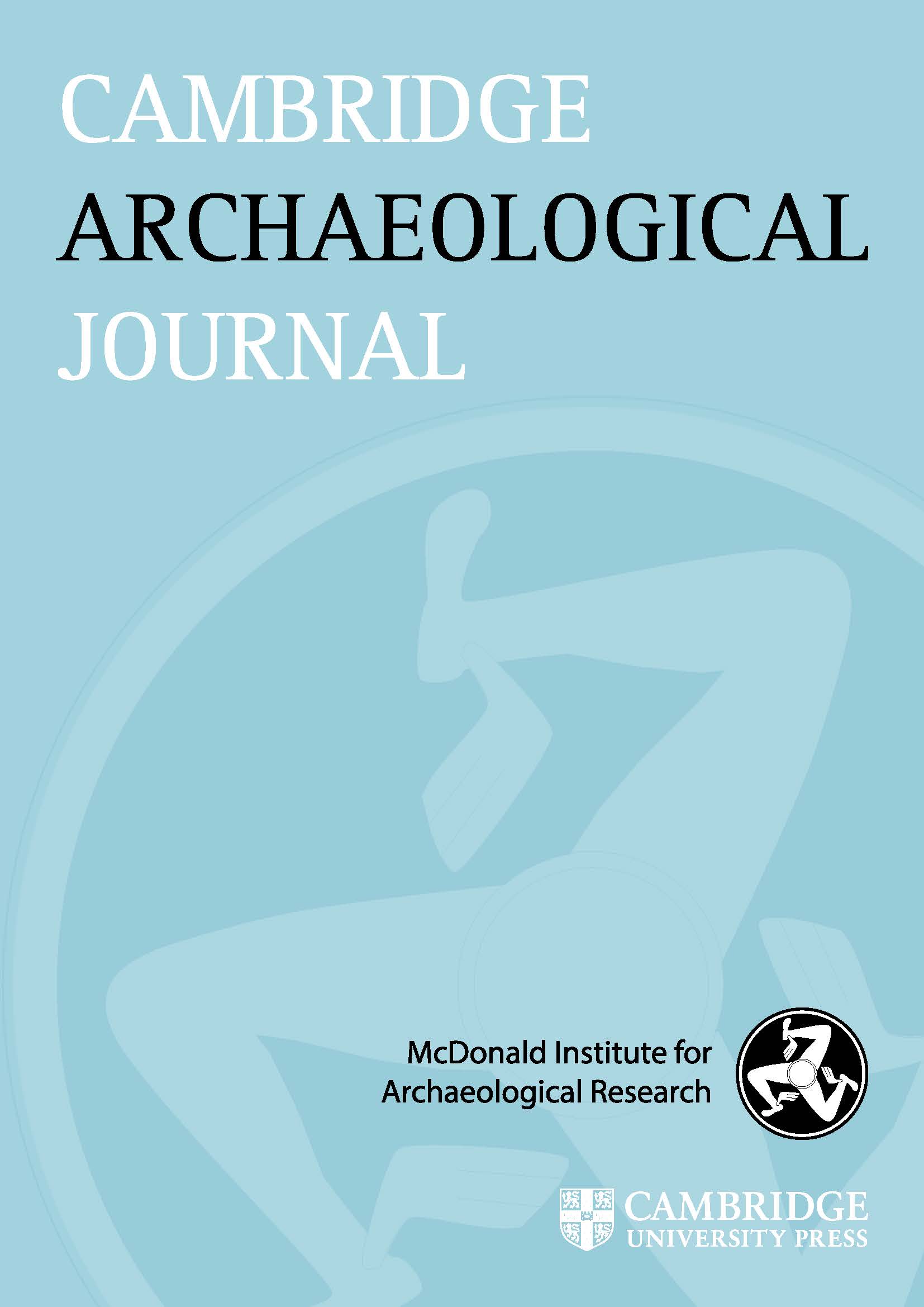
Discover how your DNA connects to ancient civilizations at www.mytrueancestry.com.
Comments